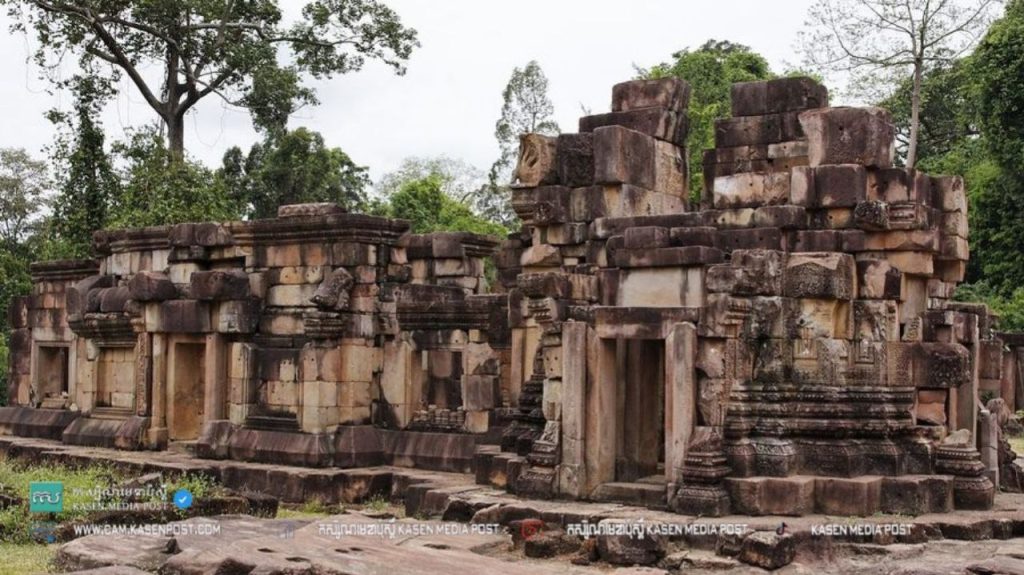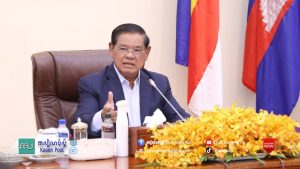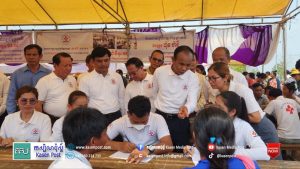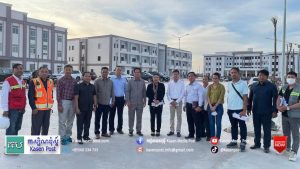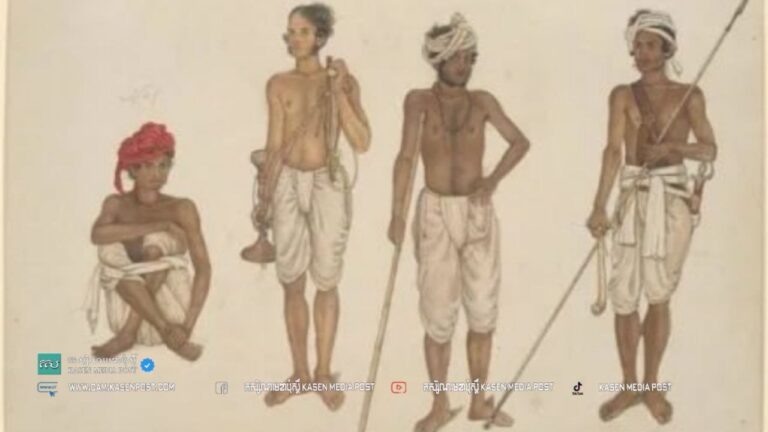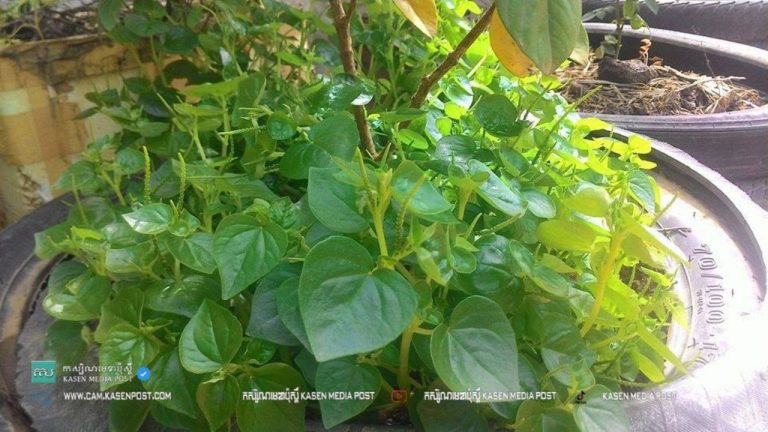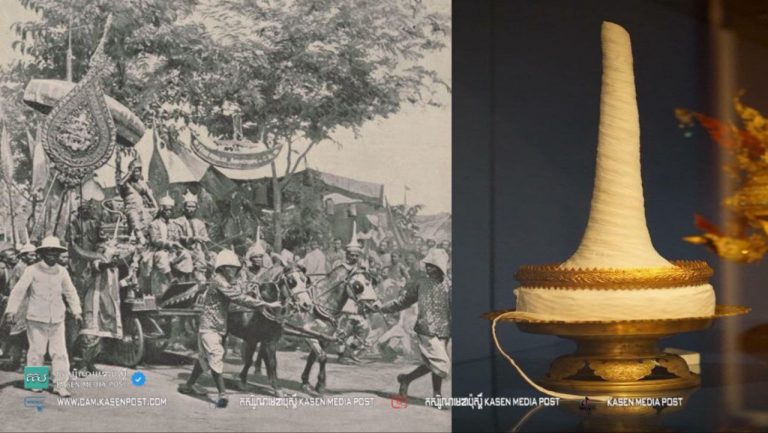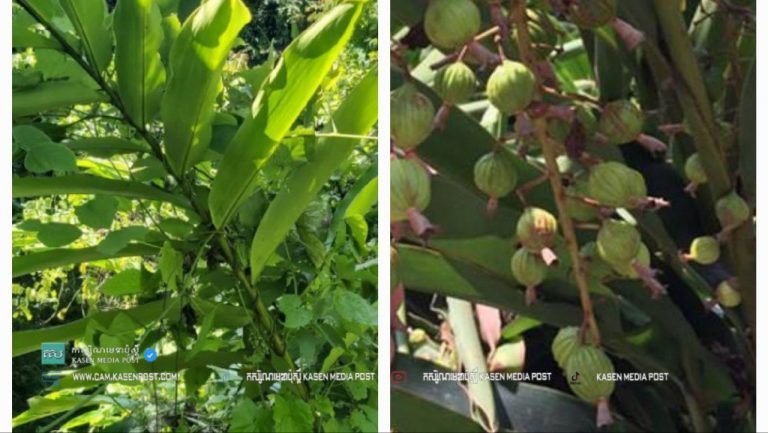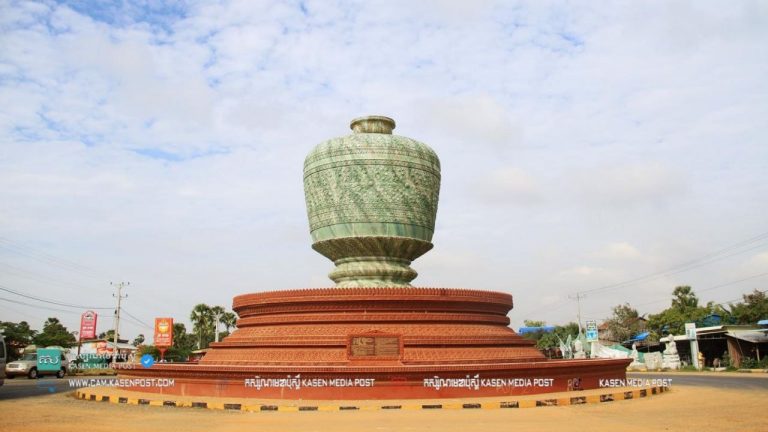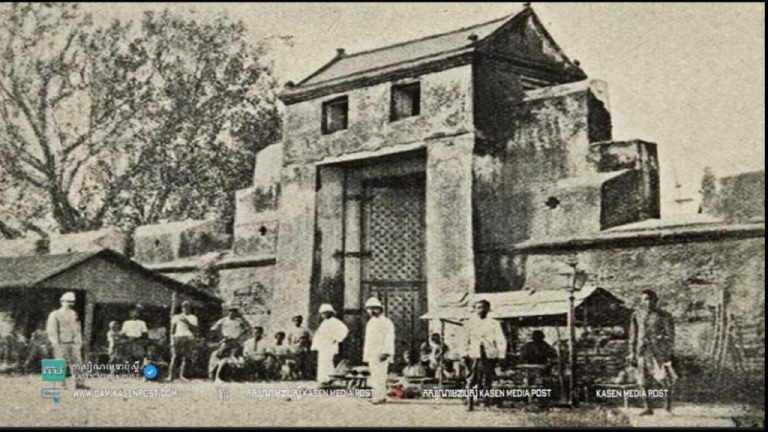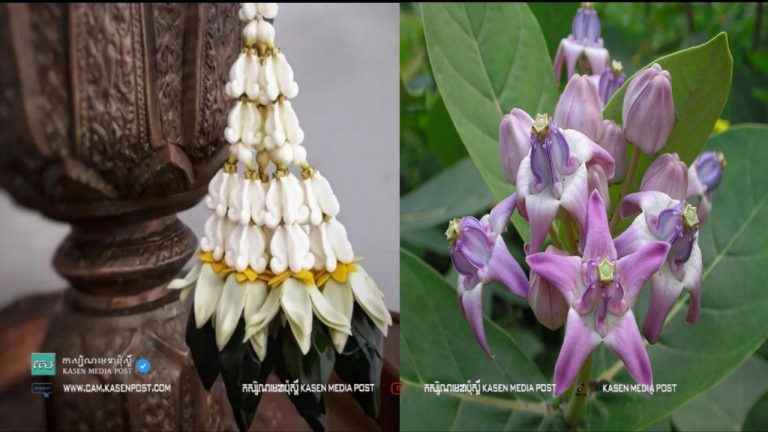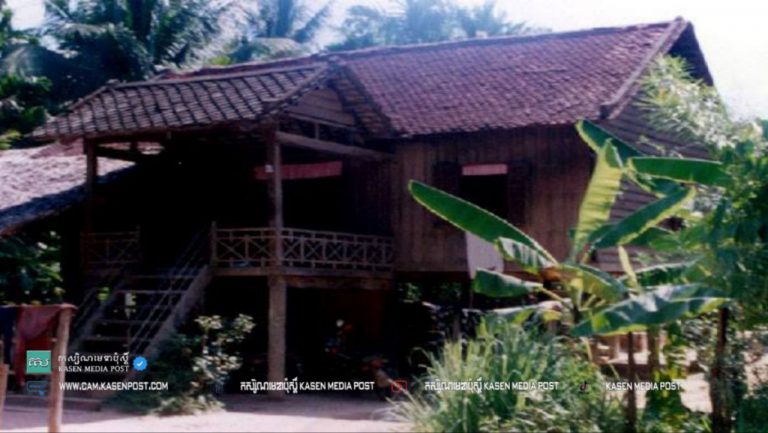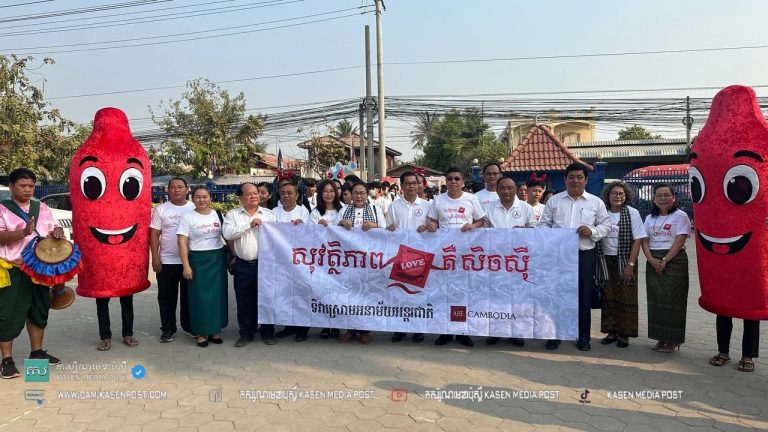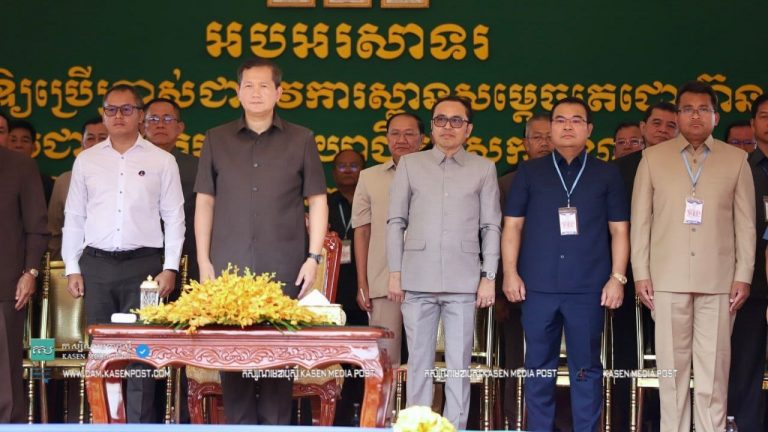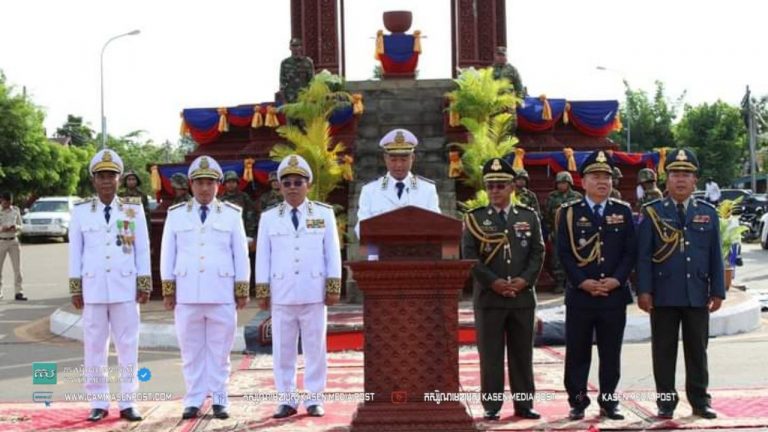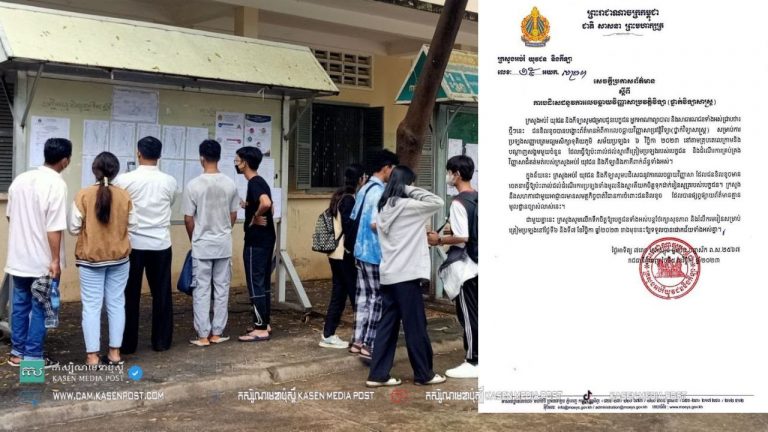Oddar Meanchey: Ta Moan Thom temple is a Khmer architecture built in the 11th to 13th centuries by King Jayavarman VII. This temple is located in Ta Moan Sen Chey village, Kork Mon commune, Banteay Ampil district, Oddar Meanchey province. Nearby, there are a number of temples, including the Elephant Trom Temple, 13 kilometers from the Ta Krabei Temple, located on the Dangrek Mountains.
Regarding the history of the name of this temple, it has been confirmed that most of the ancient Khmer temples that are named to this day depend on the people in the area who call or name them. The naming or naming of these temples depends on the situation, location, geography, nature around the temple towers, legends, and so on. They already have a belief or perception that is important for people living around their community.
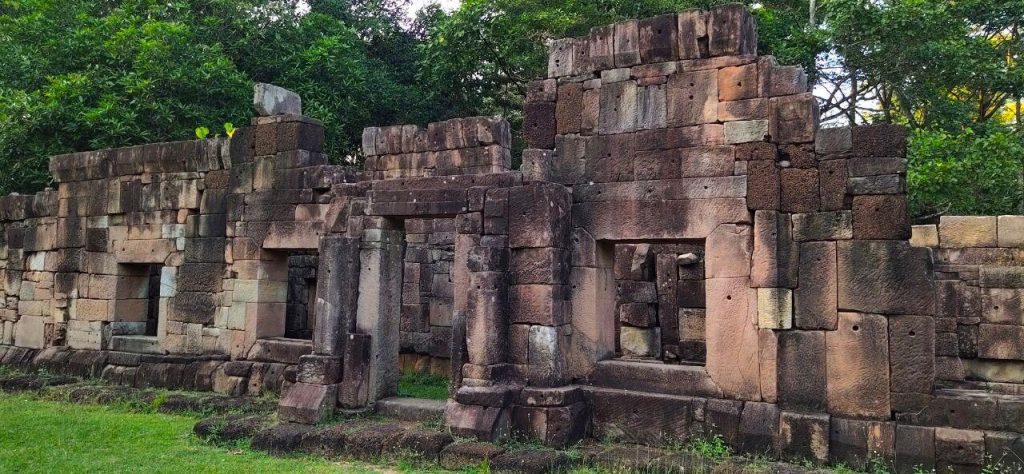
As for Ta Moan Thom temple, the people living in that area, especially the old ones, he said that Ta Moan Thom temple, according to the old tradition, this temple is called Prasat Tam Than. The so-called temple is due to a legend that says, “In the past, there was a king named Yasoker who was very fond of raising birds. Of all the birds, the owl was the one he liked the most. Due to the royal duties of taking care of the people and protecting the territory from enemy invasion, King Soker forgot to feed the wild boar on the full moon day, which caused the wild boar to die. Born a king named King Ulo. With the intention of taking revenge on King Yasoker, who killed him in the past as a wild animal, King Ulo raised many troops to attack King Yasoker for revenge. King Yasoker, due to his small army, fled the kingdom on a white ivory elephant into the forest, taking his wife, Botum, and her unborn son with him when he arrived. In the deep forest on Dangrek Mountain, he rested here (the bedrock is now in the form of a trumpet elephant) and King Yasoke took his wife up the hill to build a temple there (now Ta Moan Thom Temple). Stayed for seven months. Speaking of King Ulo, when he heard about the hiding place of King Yasuker, he raised an army to chase after him. The army of King Ulo was caught at that place […] >>.
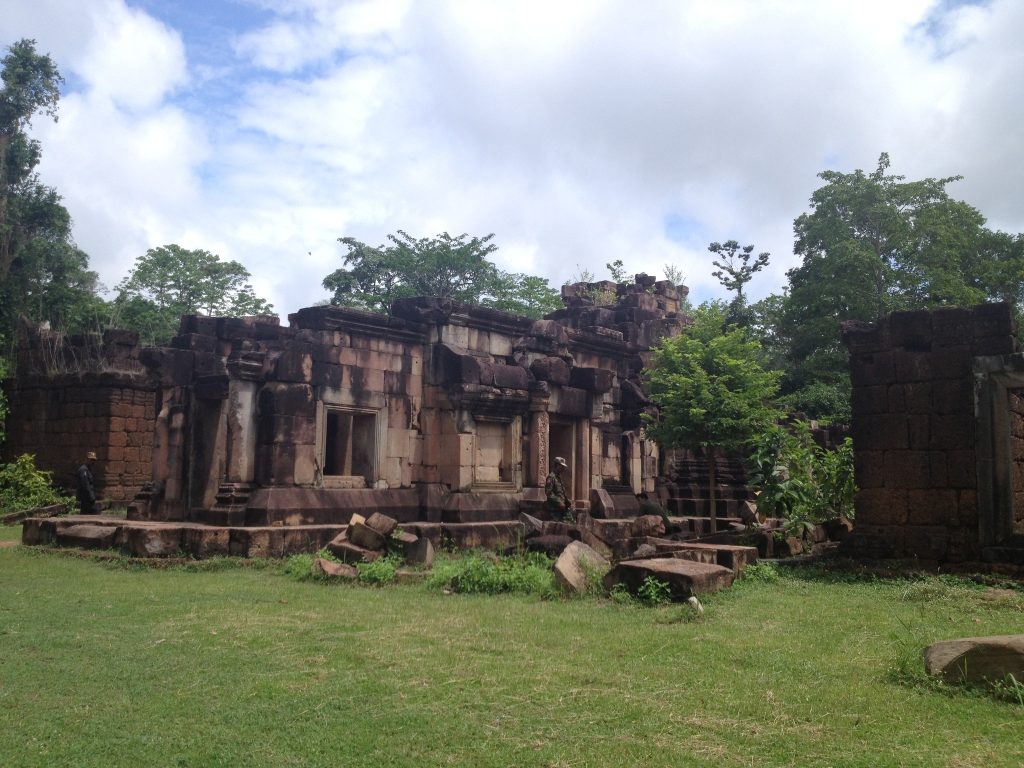
Due to this, in later times, the temple was called Prasat Tamtan because King Ulo Tam captured King Yasoker there and later became “Prasat Ta Moan”. Also, because there are three temples that are close to each other and have the same name Ta Man, so people determine the largest temple is called Ta Moan Thom, and the small temple is called Ta Moan Toch. The smallest temple is called Ta Moan or later temple. Please note that the legend is very long and it is related to some other areas and temples, such as the village of Lopek Rith, Prasat Kuk, Rolling Cemetery, Banteay Trop, Banteay Chhmar, Phnom Kampra, etc., and the name of the king This story has the same name as the king in the legend of Prasat Chao Srey Vibol. For the people living in Surin province, they also have their legends related to this Ta Moan Thom temple. Although the word “big chicken” is just a word that people call each other, however, there are many inscriptions found there, and most of them are about Donation of property and other items to the “Western Life Giving”, which is the name given to the deities placed in the temple of Ta Moan Thom or the name of the temple Ta Moan Thom in ancient times. Separately for Thailand, this temple is called “Ta Moeun Thom is a word”, which is a word that Thais call the dialect of the people in this area from “Ta Moan Thom” to “Ta Moeun Thom or Ta Moeun. Dharma because the word “has” Khmer in some areas pronounced as “Moeun”.
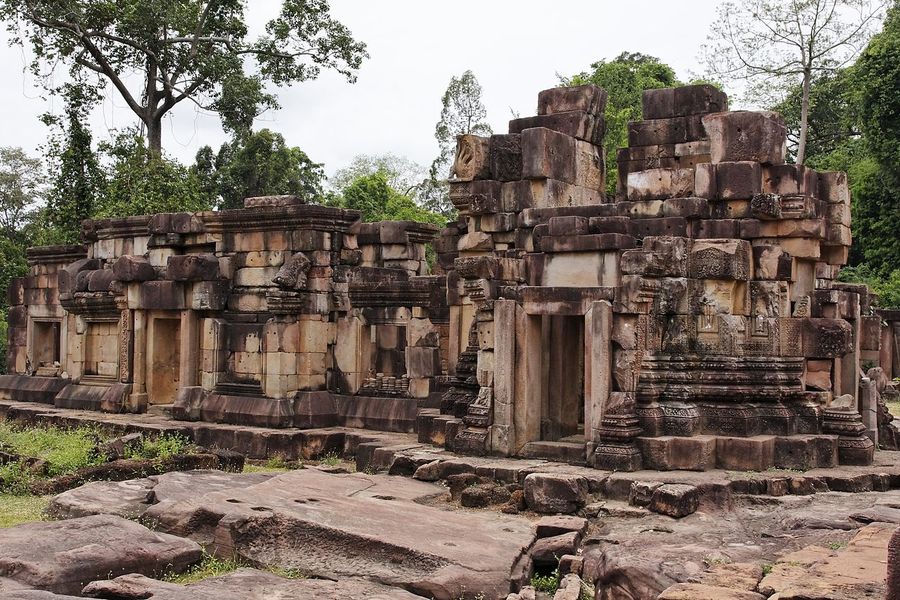
There are a few ancient Khmer temples where we can know the original name through the inscriptions found on the temple itself. For example, Bakong (Indrasvor) temple, Phnom Bakheng temple (Yasothon Kiri), Preah Ko temple (Bor Mesvor), Banteay Srei temple (Trey Konmhesvor), Preah Vihear temple (Srey Sikharevor). But even though some of these temples have their original names, we do not call them by their original names, but by legends or realities.
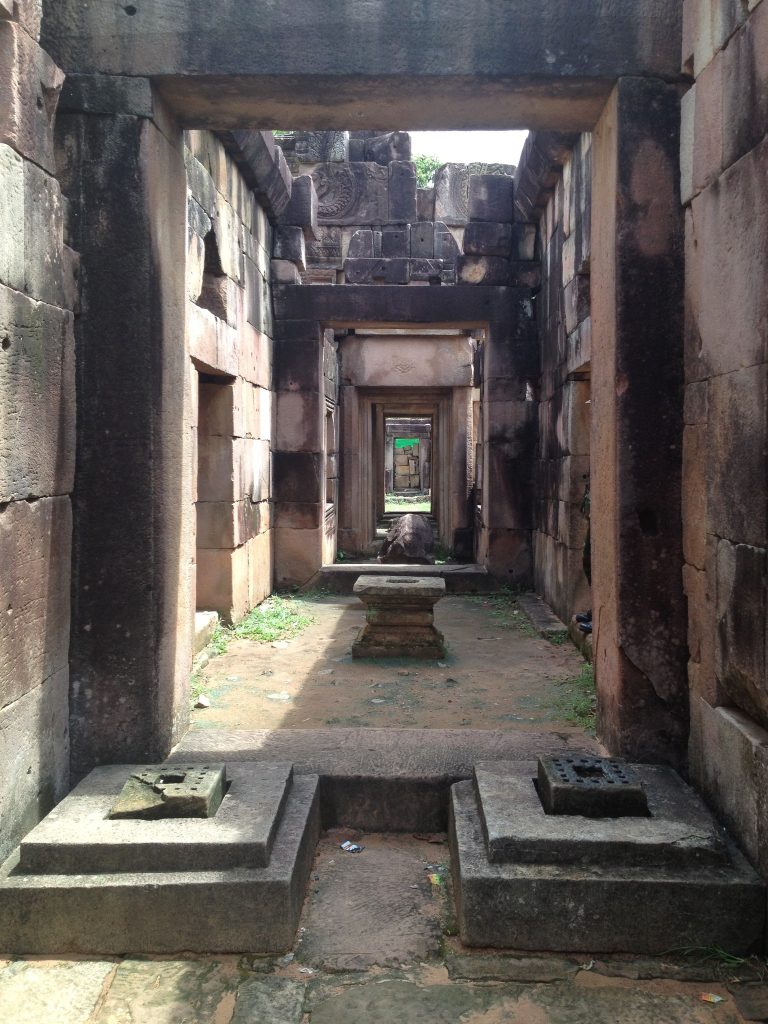
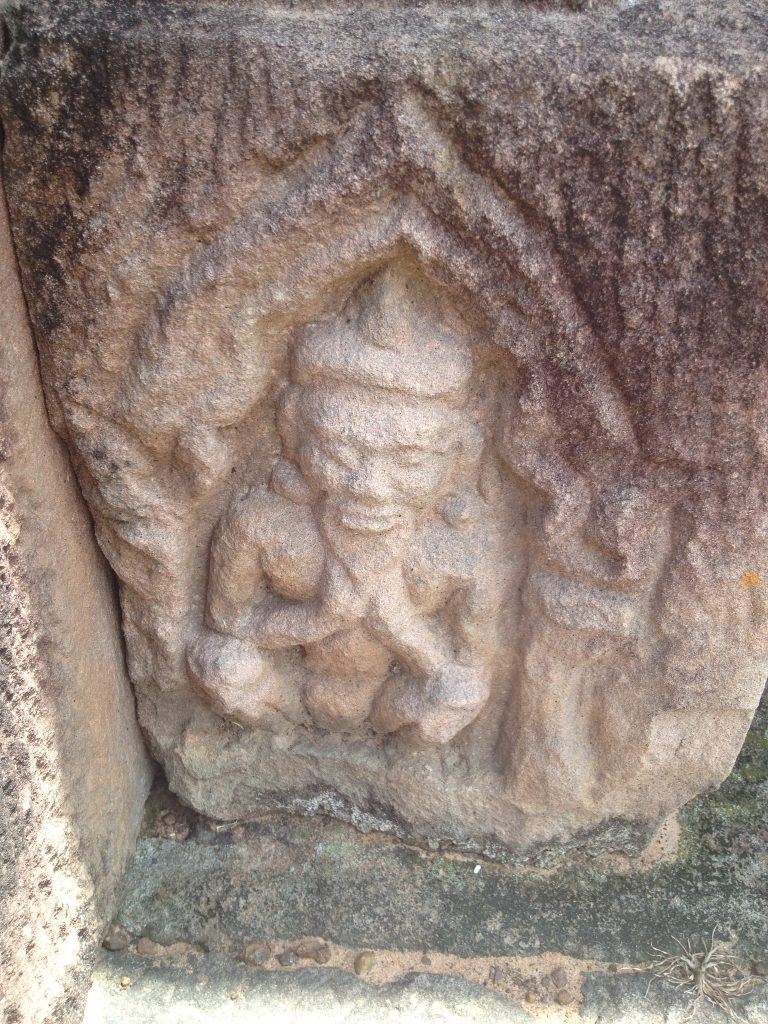
Excerpt from the book: Research on National Cultural Heritage in Oddar Meanchey Province, Part 1 of Oddar Meanchey Provincial Department of Culture and Fine Arts

